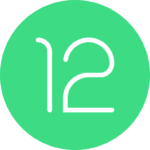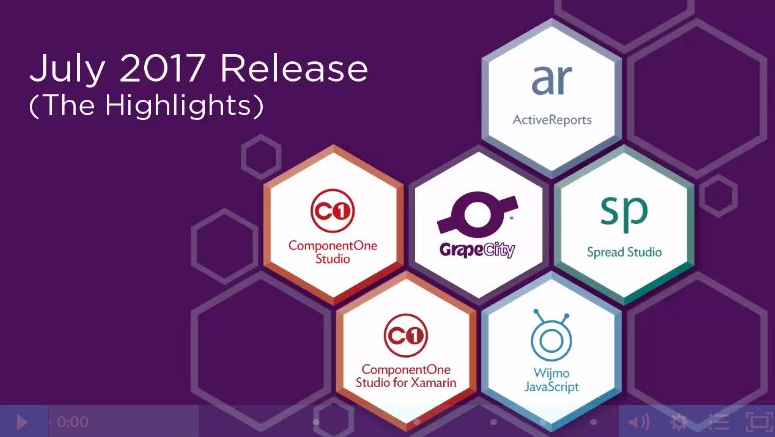Software component vendor ComponentOne has released Studio for SharePoint, a collection of five Web Parts to enhance the user experience.
Included in the studio are Grid, Chart, Map and two image viewers: CoverFlow and Magnifier. All have a built-in On-board Designer (not to be confused with SharePoint Designer), a menu-driven tool to create data visualizations that navigate straight to data without the need to write code, according to product manager Dan Beall.
“We want people of non-technical ability to use it,” he said. Creating one-off charts without such a tool “would take a significant development effort,” he said, and changing the chart “would require you to go a developer every time you wanted to change it, which could be often.”
The Chart for SharePoint Web Part works with SharePoint Foundation; charting is only available out-of-the-box in the enterprise SharePoint Server 2010, Beall said. To create a chart in SharePoint, a user would work from a page in edit mode and insert the Web Part, and “the deployment process is quite simple,” he explained.
The DataGrid Web Part provides full filtering and column freezing, along with sum and delete data capabilities found in Excel, Beall said. “It’s a convenient way to look at and sort big data sets,” he said. Since the Web Parts communicate with each other, users can configure their deployment to automatically generate a chart each time a grid is filtered, and through an event handler, the Chart Web Part can be told how to present the data—as a pie chart or a bar chart, for example.
“We’re also working on an SDK that will give you the tools you need to create extensions” such as sliders for use to zoom into a chart, Beall said.
The Map Web Part enables users to plot locations, such as of factories, and to see production data for each location. Beall noted that there is no out-of-the-box mapping tool in SharePoint. The CoverFlow Web Part lets users connect to a picture library and create an iTunes-style representation of the images, while the ImageViewer gives users a “zoom” window that can be moved around an image to get a closer look at particular sections of the image.






